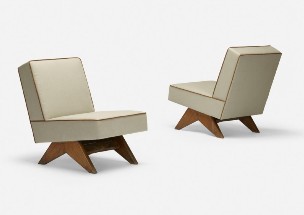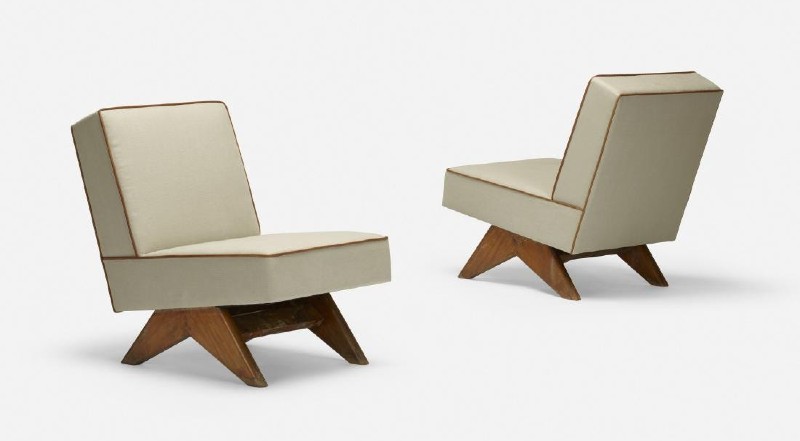
NEW YORK – Swiss-born architect and furniture designer Pierre Jeanneret (1896-1967) is well known for his work, even though he was somewhat overshadowed by his cousin and lifelong mentor, Charles-Édouard Jeanneret, who worked under the pseudonym of Le Corbusier.
The two spent years developing the city of Chandigarh in India after World War II, mapped out the new city with low-cost buildings. Pierre Jeanneret notably created furniture for offices and homes there, making the city a beacon of modern architecture and design.
Featuring simple designs using local materials, Jeanneret’s minimalist furniture has over time been elevated to high-status objects largely thanks to the work of European antique dealers who started in the 1990s acquiring Jeannerrt’s furniture designs. They brought his furniture to global audiences and even today collectors pay big prices for original Jeanneret designs.

Along the way, a narrative has been shaped that these objects are essentially European pieces but Jeanneret, who lived in Chandigarh for 15 years and had his ashes scattered over a lake there, owes much to Indian culture in his furniture designs. He and Le Corbusier worked together, and apart, on furniture projects. While Jeanneret is widely credited individually for his pieces, he worked with a team in India to create pieces that blended key forms with simple materials to merge the European design aesthetic with Indian culture.
Turning everyday objects into luxury commodities can happen organically but a group of design historians began researching this phenomenon in 2018 when it came to Jeanneret’s furniture, especially his chairs. They note that much of his furniture after his death was left abandoned in warehouses until European art dealers saw their potential and marketed them as luxury antiques.
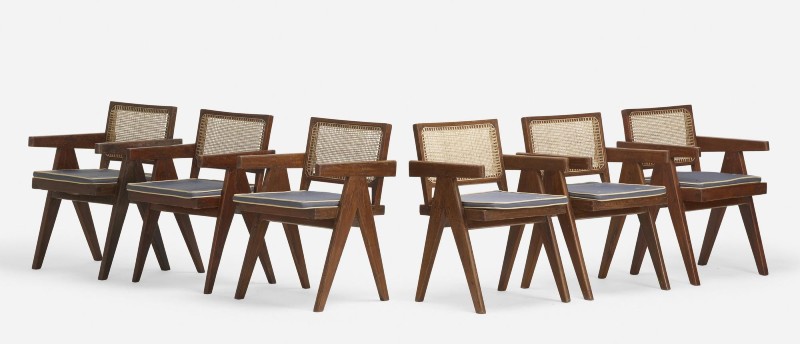
Not all agree with the historians’ conclusions but their take is that colonialism played a large part in shifting focus of these works from being Indian to European in order to raise their value.
Always inventive, Jeanneret was a painter/artist in addition to his talents as an architect. He and Le Corbusier first opened shop as architects in Europe in 1922 and also worked with French architect-designer Charlotte Perriand from 1927-37 in Paris. The three created such daring designs, expanding the avant-garde approach, that their work was met with some dismay by the establishment so they launched the Union des artistes modernes.
“In 1929 at the Paris Salon d’Automne, Jeanneret unveiled a set of modern furniture designed in collaboration with Le Corbusier and Charlotte Perriand,” says the Galerie Patrick Seguin in Paris on its website. The trio showed tubular steel chairs, stools and a grouping of modular steel storage units.
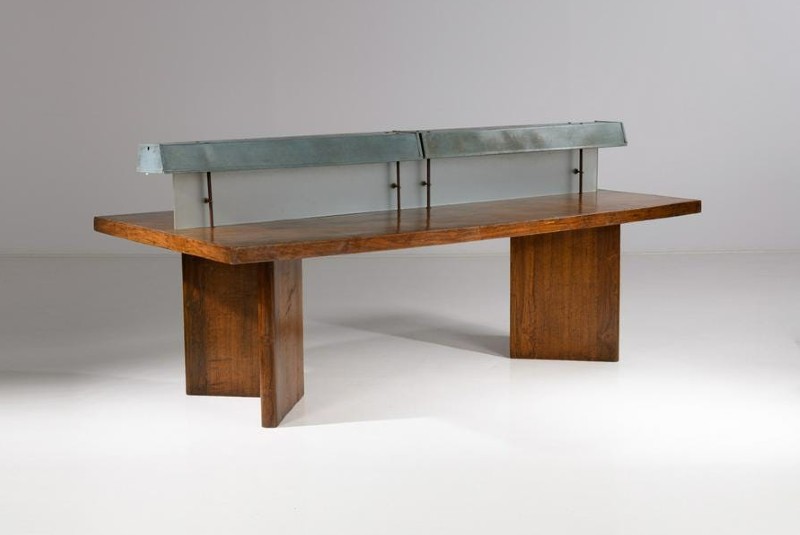
Among Jeanneret’s most iconic furniture seating designs – and often copied by others over succeeding decades – are his Chandigarh chairs, as the style was dubbed. Featuring a modular construction boasting clean lines, these chairs were designed to be simple and affordable to mass-produce, as large quantities were needed at the time. They often have woven cane or leather seats and/or cane backs. Despite their simplicity, they have evolved into high design and today have sold for well over $100,000 for fine examples.
A pair of upholstered Pierre Jeanneret lounge chairs from Punjab University, Chandigarh, 1952-56, sold for $145,000 + the buyer’s premium in October 2018 at Wright. Jeanneret created several striking designs in his chairs and his Cross armchairs are also desirable. A set of four Cross chairs in teak and leather, circa 1952-1956, sold in April 2011 for $76,762 + the buyer’s premium at Phillips London. When Hans and Florence Knoll were on a European trip in the 1940s, they were taken with Jeanneret’s Scissor chair, which they licensed and produced circa 1948-66. Even his simplest chairs intended for use in the workplace are also coveted today, such as his V-leg cane-back chairs, which sell in sets upwards of $10,000.
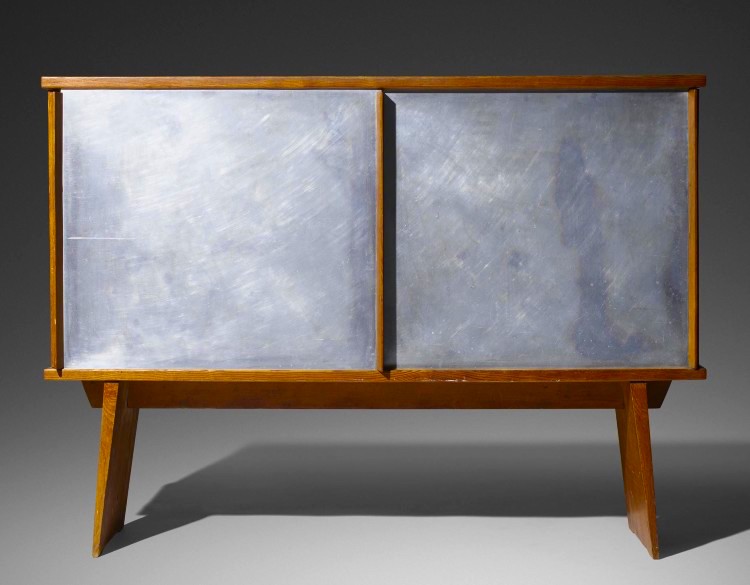
Besides his striking chairs, Jeanneret is also renowned for experimenting with materials and his use of metal in his furniture designs is notable. Long before Paul Evans was making his Brutalist furniture, Jeanneret was experimenting with metal. In this Bahut, shown here, which features two sliding doors concealing storage shelves and six drawers, Jeanneret uses ash and pine woods with aluminum to create a highly modern look.
Creating a new design vocabulary that valued function and order over decoration, Pierre Jeanneret used simple lines and geometry to create modern featuring light materials like cane, wood and aluminum to create furniture with energy and embracing modernism.


